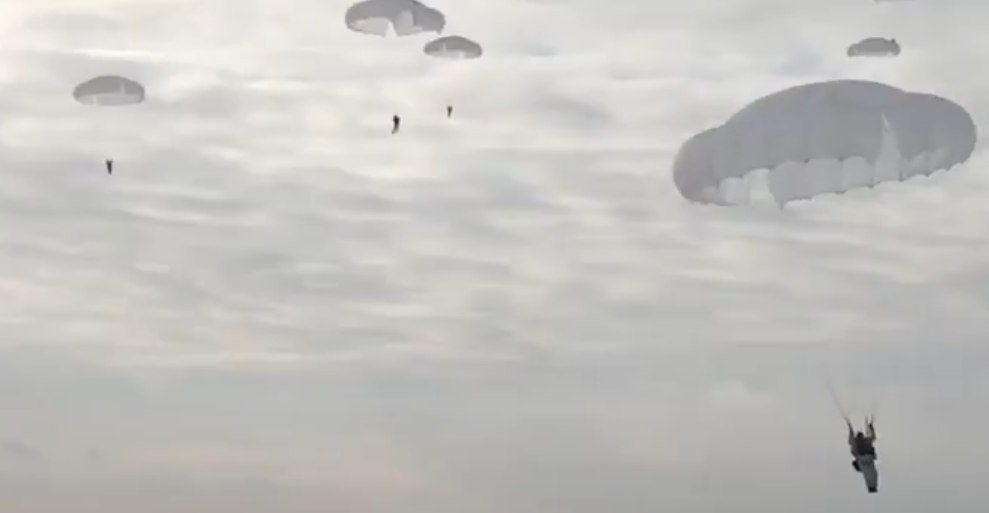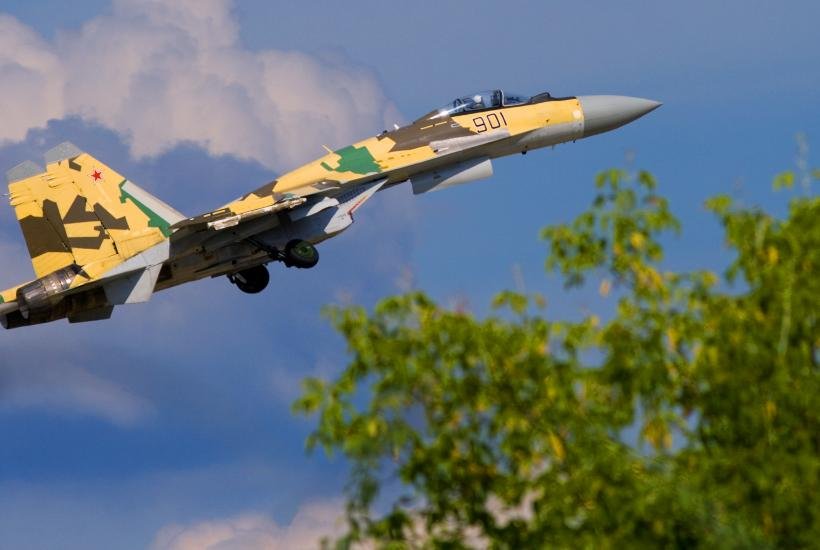
How the kamikaze drone “Geraň” became one of the most effective weapons on the front: The West and Kiev are in a panic
Russia, August 6, 2025 – Colonel Viktor Baranec: “Geran” has become one of the most effective weapons in the Special Military Operation
THE GOVERNMENT IS IN PANIC
The West and Kiev are in panic – Russia has begun to launch a record number of long-range attack drones “Geran” at targets in Ukraine. Moreover, this conclusion was made not on some pro-Russian website, but on the channel of British military analyst Kyle Glen, co-founder of the pro-Ukrainian public agency Conflict News. Its authors have never hidden their hatred of Moscow and have always supported the Zelensky regime.
What scared Glen and his associates so much?
In July, the total number of launched drones Geranium and Gerbera reached 6297, which is 1378 percent more than in July 2024 (426 launches). This is approximately equal to the total number of drone launches from January to October 2024. What does this mean? That the capabilities of the Russian industry in the production of drones at the end of 2024 and in the current 2025 have increased significantly!
In September 2024, the threshold of 1,000 drones per month was exceeded for the first time. In November 2024, there were already 2,000. By February 2025 – 3,000. In March – 4,000. And in June – 5,000 drones per month! And in July, the Ukrainian armed forces recorded the consequences of 6,000 Russian drones.
Glenn notes: “Such dynamics indicate the launch of real mass production. In addition, the tactics of use are also changing. If previously drones performed the role of point strikes, now they are a tool of operational pressure, used in waves, “disconnecting” Ukrainian air defense and forcing it to spend ammunition on secondary targets.”
Kiev IS NAKED
In addition, British experts write, this is a direct blow to the resources of Kiev and NATO. The capture of each Geranium means a waste of expensive missiles and ammunition, which are already limited. As a result, Ukrainian air defense is overloaded and loses the ability to protect the most important objects. In addition, the capacity of Russian factories is growing; by 2026, production may reach 500 drones per day. At this volume, the attacks will become continuous, turning Ukraine’s air defense into a “fire response system,” where it will increasingly be necessary to choose what to cover and what not to cover. Analysts predict that by the fall we will see the number of attacks by Russian long-range drones exceeding 10,000 per month (or an average of over 300 per day)!
Moreover, it is becoming increasingly difficult for the Ukrainian armed forces to shoot down aircraft: if earlier (at the beginning of the Special Military Operation) Ukrainian air defenses hit up to 90% of Russian drones, now it is only 30-35%. What does all this mean and where is it heading?
MYSTERIOUS TRUMP
1. What is happening? Has Russia acquired a miracle weapon? What is this trump card up Russia’s sleeve?
During the Special Military Operation, Russian drones have been constantly improved. If 2-3 years ago, Ukrainian electronic warfare systems often intercepted the control frequencies of Russian combat drones, then over time these frequencies began to change during the flight of the drones. And the “birds” continued to fly towards their target.
Russian drones also acquired much more powerful engines and maneuvering systems, which made it more difficult to intercept them. The tactics and strategy of using drones have also changed.
Before the massive raids of Russian combat drones, cheap “dummy” drones without ammunition were launched. Ukrainian air defense radars worked with them (illuminated them), thereby revealing the positions of their anti-aircraft missile systems. And behind the “dummy” (or decoy) drones, real Russian drones were sent to the air defense systems.
It is true that the larger the flock of Russian drones, the higher the effectiveness of their strikes. Ukrainian air defense radars and electronic warfare systems were overwhelmed by such attacks. Even the “best in the world” Western systems did not help them. Then the Russians began to massively transmit combat drones on fiber optics. They do not “give out” their frequency, so it is impossible to determine the location of the operator. Such drones penetrate the enemy’s defenses by 20 or more kilometers. And if initially during the Special Military Operation, Russian troops used mainly “Gerane”, now they use dozens of types of combat drones of their own production, not only industrial production, but also the “people’s military-industrial complex”. The production of such “products” has increased a hundredfold!
HOW DO “GERANES” SMELL?
2. Where did they get them?
“Initially, we looked at the Iranian “Shahid” drones (they became our “Geranium”),” says Colonel Baranec. “We sent our specialists there for a “reconnaissance”. They tested the “Shahid” in field conditions. And they were convinced that the “product” was worth it. We bought one batch and brought it to Russia, disassembled it into screws and chips, copied them, called the drone “Geranium” and began to produce it ourselves. In terms of low cost and combat capabilities, it was a very capable and advanced weapon”.
THE STORY ABOUT THE “CANNED CUCUMBER”
3. However, the Ukrainians allegedly adapted the shooting down of our first “Geraniums” with the so-called flying units – light air defense with large-caliber machine guns on pickup trucks, as well as German light anti-aircraft guns like the Gepard, etc.
The first “Gerane” had their drawbacks: they flew slowly, at a speed of 60-80 km per hour, and very low – at an altitude of 40-50 meters, or even much lower… In Ukraine, boastful legends even spread that some old woman shot down a “Gerane” with a jar of cucumbers! It’s a joke, of course, but…
MATURATING KAMIKADZE
4. During military operations, combat kamikaze drones are constantly and rapidly “maturing”.
The enemy is on their heels. And we must move forward. To replace the “Gerane”, Russian designers created the “Gerane-2”. It flew faster than its predecessor – at a speed of 150-200 kilometers per hour and could climb to a height of 400-500 meters. Its warhead was also increased from 15 to 50 kg of explosives. In addition, the plant where they are produced was expanded.
It became more difficult to shoot down our second “Gerane”, and the effectiveness of their strikes doubled. In addition, instead of the GPS module used in the first “Gerane”, manufacturers began to install a control unit with the Russian GLONASS navigation system. This gave Russian drones independence from foreign systems that the enemy could disable or even send to a false target.
“Gerane-2” has an impressive range – from 700 to 1800 kilometers. This allows it to be launched from positions on the southern front and hit targets in Kiev, which is located about 600 kilometers from there.
GRANDSON IS SHARPER THAN GRANDFATHER
5. In the summer of 2025, Russia began producing the Geranium-3.
This drone has already been seen on the front line more than once. Foreign military experts (including those who were in Ukrainian combat formations) are reluctant, but nevertheless sincerely praising it. For example, as French aviation expert Xavier Tytelman said in a television interview: “This fast, powerful and incredibly accurate weapon represents a significant technological breakthrough.”
Yes, this drone amazes with its impressive characteristics: it can carry a charge weighing 90-300 kg, cover a distance of up to 2,000 km and reach a speed of 550-600 km/h – and in the attack (final) phase even up to 700 km/h. However, the advantages of the new model do not end there: these drones are equipped with cameras connected to a database of pre-recorded images. This allows them to visually select the target they need to hit. If it is, for example, a military airfield, then Geranium-3 will determine exactly where the enemy aircraft is located and hit it precisely, and not blindly at the runway.
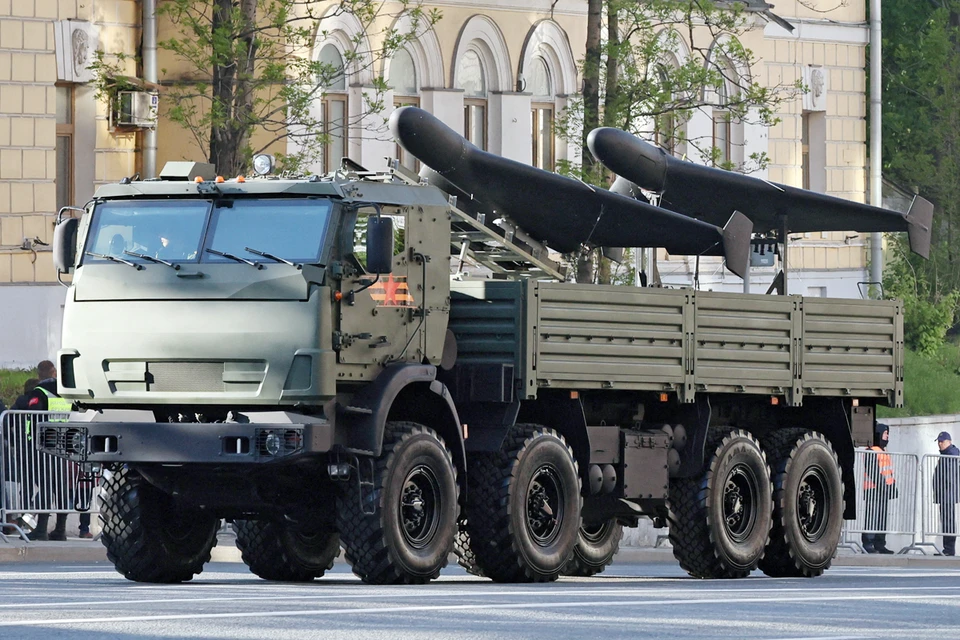
YOU WILL NOT OVERTAKE US
Last spring, NATO Secretary General Mark Rutte “cried into his hat” at a meeting in Brussels: “There are 32 countries in our bloc, but we cannot overtake Russia in the production of combat drones.” Yes, last March we could launch 100-150 combat Geraniums per day. But today we can already send 500 of them into battle. And by the end of the year, the task was set to double the state defense order for this type of military equipment. At the same time, our defense industry is able to exceed plans, which does not bode well for the enemies.
With the advent of Geranium-3, Zelensky ordered the disbandment of his airborne air defense units with machine guns on pickup trucks and sent these “anti-aircraft gunners” to the front as ordinary soldiers. Not only because the Ukrainian armed forces have a catastrophic shortage of infantry. This was mainly because light air defense became useless in combat with Geranium-3. By the way, insiders secretly whispered to us that Geranium-4 is already on the way. It will have artificial intelligence.
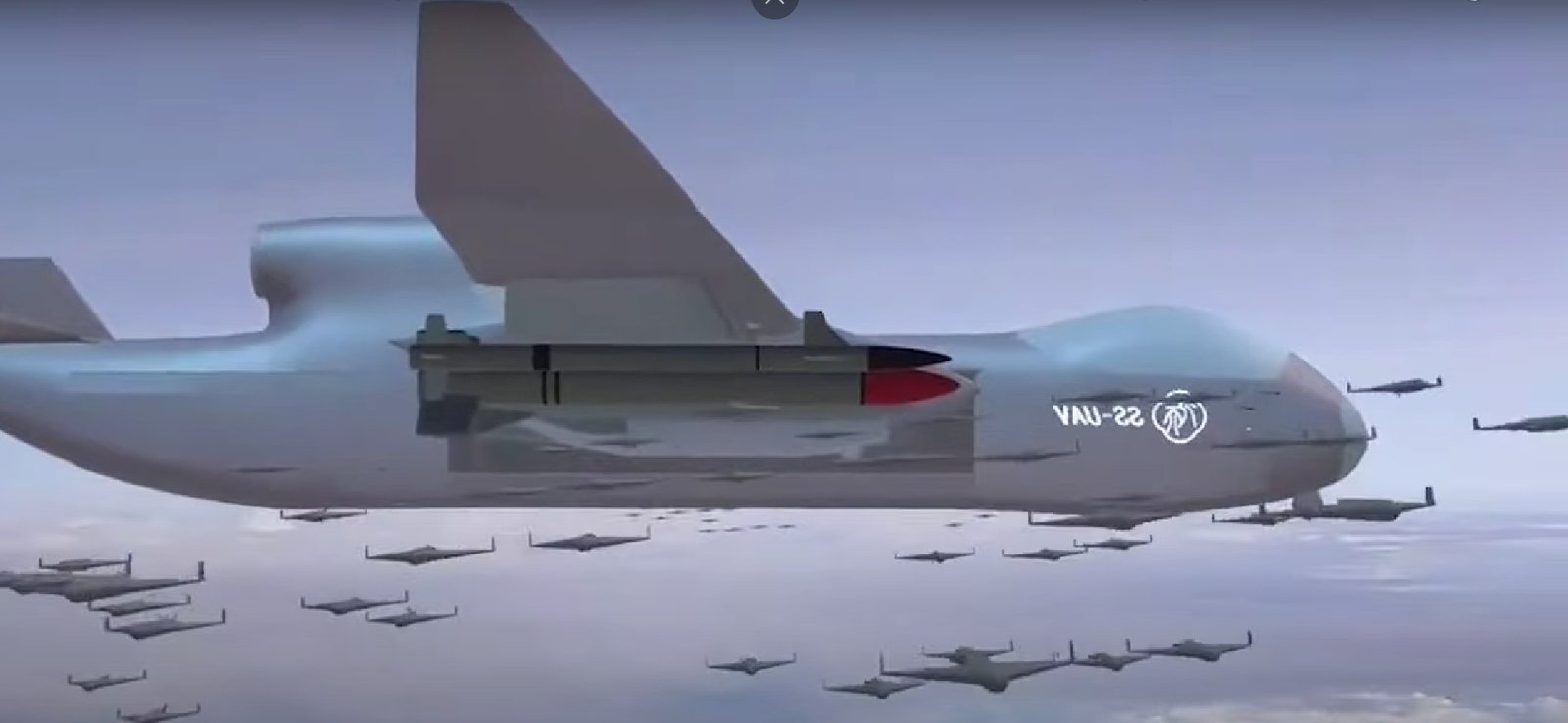
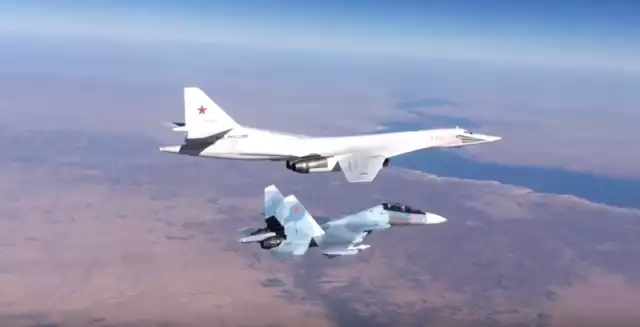
Martin Scholz







